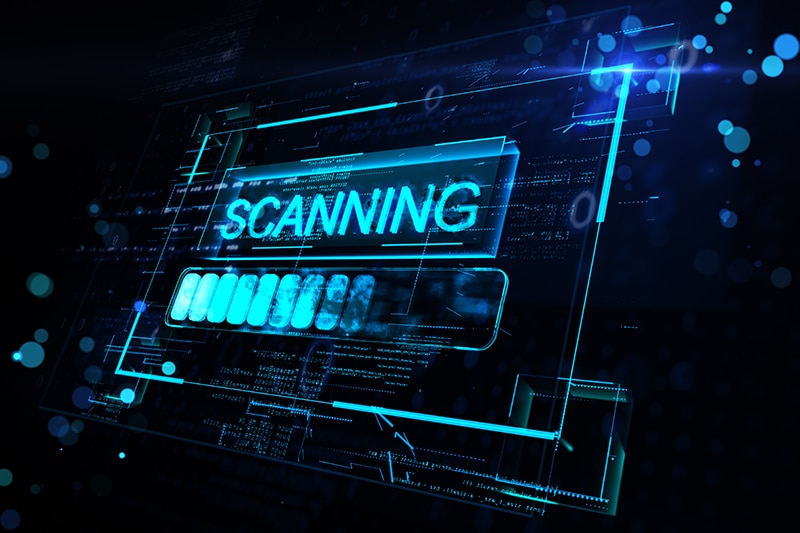Educational institutions at all levels are known for copious amounts of documents or files that need to be carefully managed. Right from student records to transcripts to student applications, students’ admissions, teachers’ records and other paper documents – schools and other educational institutions generate a huge number of documents that need to be stored efficiently and accessed quickly. Filing, sorting, and searching through huge piles of documents (even when meticulously organized) consume considerable amount of time and effort that school staff could otherwise spend carrying out administrative tasks that enhance the educational experience for students and teachers. This is the point where the significance of document scanning services arises. Document scanning services offer educational institutions the opportunity to graduate their paper documents to the cloud, improving efficiencies and saving valuable floor space within the institution.
What Types of Educational Records Require Document Scanning?
Typically, educational institutions require quick and sole access to different types of documents in one secure, cloud-based system. Instead of flipping through filing cabinets to find documents, faculties or administrators can easily access them with a few simple keystrokes. With document scanning, educational institutes will have quick and sole access to admission forms, certificates and any and all documents related to their institute throughout the year. This will help them share the necessary records when needed with teachers, students, or any another institution quickly and easily. Virtually any type of document can be scanned and stored, including –
- Student billing statements
- Transcripts and report cards
- Student admission files
- Student records, including attendance and discipline data
- Student medical records
- Student class schedules
- Special education documents
- Personnel files, faculty records, and HR documents
- Payroll and payroll tax records
- Minutes from school board meetings
- Applications for financial aid and related materials
- AP records
How Can Educational Institutions Benefit from Document Scanning?
On-boarding new students, hiring staff, and meeting fiduciary responsibilities generate a massive amount of documentation. In addition, complying with state guidelines and federal privacy laws requires educational institutions to store these documents securely for a considerable period. As a result, many institutions end up dedicating a lot of their time, space, and limited resources on managing all of this paperwork. With document scanning, educational institutions can organize these records and store them more safely and easily access them when needed. This process will not only reduce the amount of space required to store the records but the documents can be retrieved faster and more efficiently. It also helps save time and money, avoiding the typical pitfalls and additional overhead involved when handling it individually. In addition, it eliminates the risk of misplacing documents. Many schools are now partnering with document scanning companies to convert all their records into digital format. Here discussed are some of the key benefits that document scanning and document management systems have brought to the education system –
- Convert Student Files to Digital Format – Document scanning allows institutions to go paperless. Offsite archival and storage services are also available to make sure that institutions adhere to FERPA (Family Educational Rights and Privacy Act) as well as have all the documents ready for access for an audit. Document scanning helps convert all types of educational files, including general/special education files, transcripts, student publications (Yearbooks/Newspapers), research files, registration, admissions and class schedules, financial aid applications and documents, faculty and personnel files, HR records and accounting, purchasing, and AP/AR documents.
- Improved Compliance – The FERPA states that any school cannot disclose information about a student’s grades or behavior to anyone without the consent of the student after that student has turned 18 years old. This applies to any educational institution (whether public or private) that receives federal funds from the Department of Education. Digital documents can be encrypted, password-protected, and easily identified to eliminate the risk of a compliance violation. Sending electronic documents via email rather than fax ensures confidential, password-protected delivery to a private inbox rather than a public fax machine. In addition, it is also possible to redact any essential information from scanned documents prior to scanning, storing, or sending.
- Streamlined processes and increased productivity – Regular access and maintenance of hard copy files for any department can be taxing on resources and office space. Digital documents eliminate dozens of filing cabinets instantly and help to access information with a quick keyword search. Digital documents also eliminate the accidental misplacement or duplication of files which can become a critical mistake when it comes to financial aid and admissions. Utilizing a cloud storage system can not only save space but also prevent mistakes.
- Enhance Security – Document scanning and management help secure student records with enhanced security features like encryption and password protection. Tight control and access to student records ensures access to only authorized faculties or persons to perform their job roles effectively. In addition, it helps prevent the accidental disclosure or abuse of sensitive student records by staff members.
- Increased Ability to Share – Digital documents offer an affordable, easy way to share and access documents remotely. Electronic documents are easy to share with parents, administrators, and students.
- Disaster recovery and security – Having a backup plan for any document management system is important to ensure that critical data is not lost. Critical documents, records and other proprietary information are instantly saved and stored offsite on a secure server. This results in immediate access if necessary. Educational firms can increase the security of documents with encryption authentication, and redaction. In addition, it provides the ability to track, access, and make necessary changes to documents.
Educational institutions at all levels have traditionally been required to reserve a considerable amount of floor space and storage rooms to store their paper records. Document scanning allows educational institutions to reduce overhead by freeing up storage space. Scanning of documents with the help of document scanning companies enables educational institutions to save all of their records in a single, secure, cloud-based system. This in turn facilitates access of documents using a few keystrokes.




